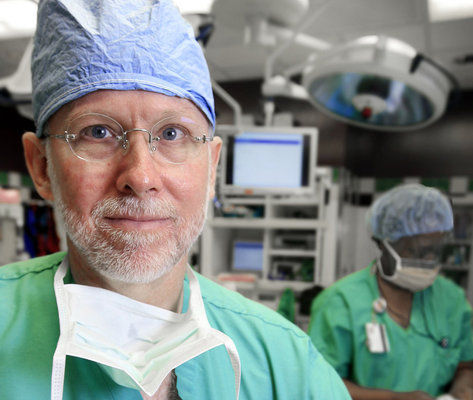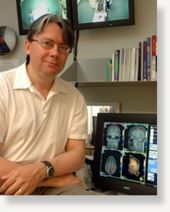OF THE
TIMES
Environmental cues - in this case, diet - influence genes in mammals from one generation to the next, evidence that until now has been sparse. These insights, coupled with previous human epidemiological studies, suggest that paternal environmental effects may play a more important role in complex diseases such as diabetes and heart disease than previously believed.

Nutritionally I can't think of a bigger lie than the one claiming that fats in general and saturated fats in particular are bad for us. This lie is so deeply embedded in the minds of most that you couldn't blow it out with a stick of dynamite. Especially in the minds of academics, and more especially in the minds of most dietitians. Not all, but most. Nutritionally, it is truly the Big Lie.Saturated Fats benefit overall health and wellness, for more information on the health benefits of saturated fats read the following articles:
Speaking at a press conference this month in Washington, D.C. sponsored by the Healthy Nation Coalition and the Weston A. Price Foundation, Ms. Morell said that for the past 60 or 70 years, saturated fats have been blamed for clogging arteries, and for causing heart disease, diabetes and even multiple sclerosis. Ms. Morell says that none of these accusations is based on sound science. On the other hand, she points out the critical roles that saturated fats play in the body.
In particular, she cites the benefits of saturated fats:
- Make up 50% of cell membranes.
- Help the body put calcium in the bones.
- Lower Lp(a), a marker for heart disease.
- Are the preferred food for the heart.
- Protect the liver from alcohol and other poisons.
- Are required for lung and kidney function.
- Enhance the immune system.
- Work together with essential fatty acids.
- Support the body's detoxification mechanisms

"Unfortunately, it remains impossible, at the moment, to predict just what that threshold is for any given person, and which athletes might be most vulnerable to heart problems as a result of excessive exercise".Sources:
Comment: There is one proven technique that can assist you with reducing your stress, calming and focusing your mind, creating better links between body and mind and thus improving your quality of life, increasing a sense of connection with others in your community. It will help you to improve your health, strengthen your immune system, provide you with better impulse control, reduce your inflammation, etc. It will also help you to heal your emotional wounds; anything that may hinder or prevent you from leading a healthy and fulfilling life.
The Éiriú Eolas technique grew out of research conducted by the Quantum Future Group under the direction of Laura Knight-Jadczyk and Gabriela Segura, M.D. The practice has been thoroughly researched and proven to work by the thousands of people who are already benefiting from this unique program. The effects are cumulative and results and benefits can be seen in only a very short time, sometimes after just one session!
There is a myriad of relaxation techniques out there, but not many of them can attest to having not only immediate effects, but also a highly practical application. With Éiriú Eolas, there is no need to sit in special postures, or be present in a carefully prepared environment. The strength of the program comes from its high adaptability to stressful conditions of the modern world. Anyone can do it, be it a student, sitting outside of a lecture hall before the exam, a mechanic needing a break from tackling problems all day, a businessman just before signing an important deal, a mother having to raise three children and worrying if she will have enough money to pay the mortgage.
Visit the Éiriú Eolas site or participate on the forum to learn more about the scientific background of this program and then try it out for yourselves, free of charge.